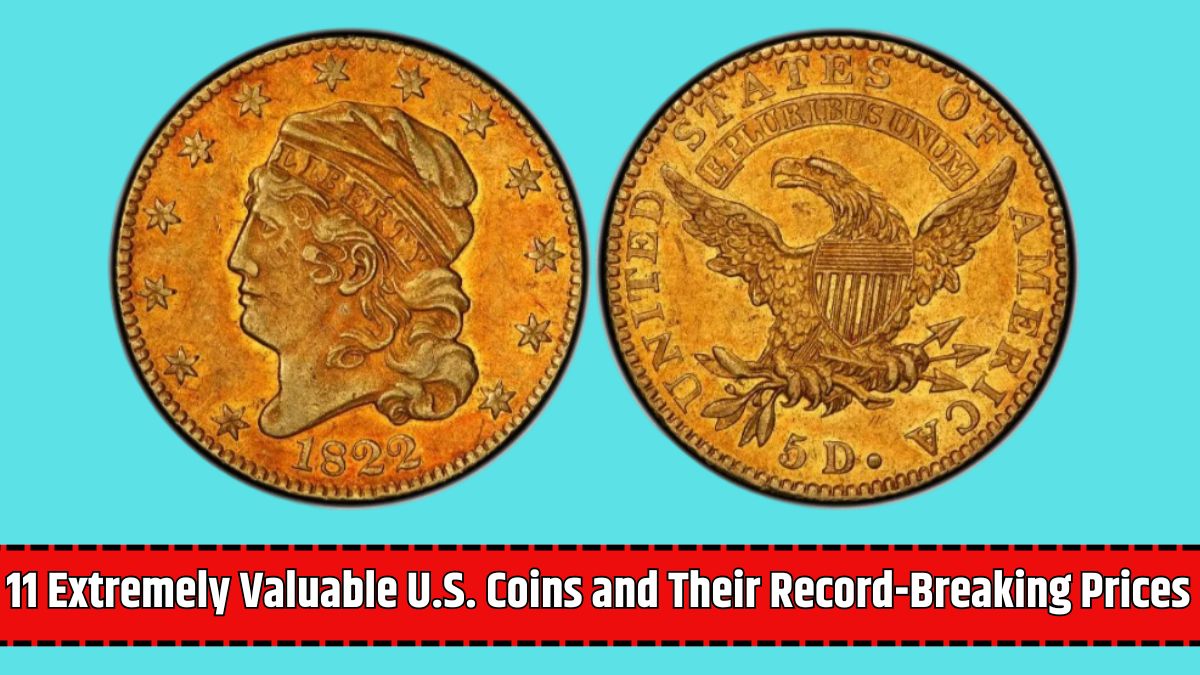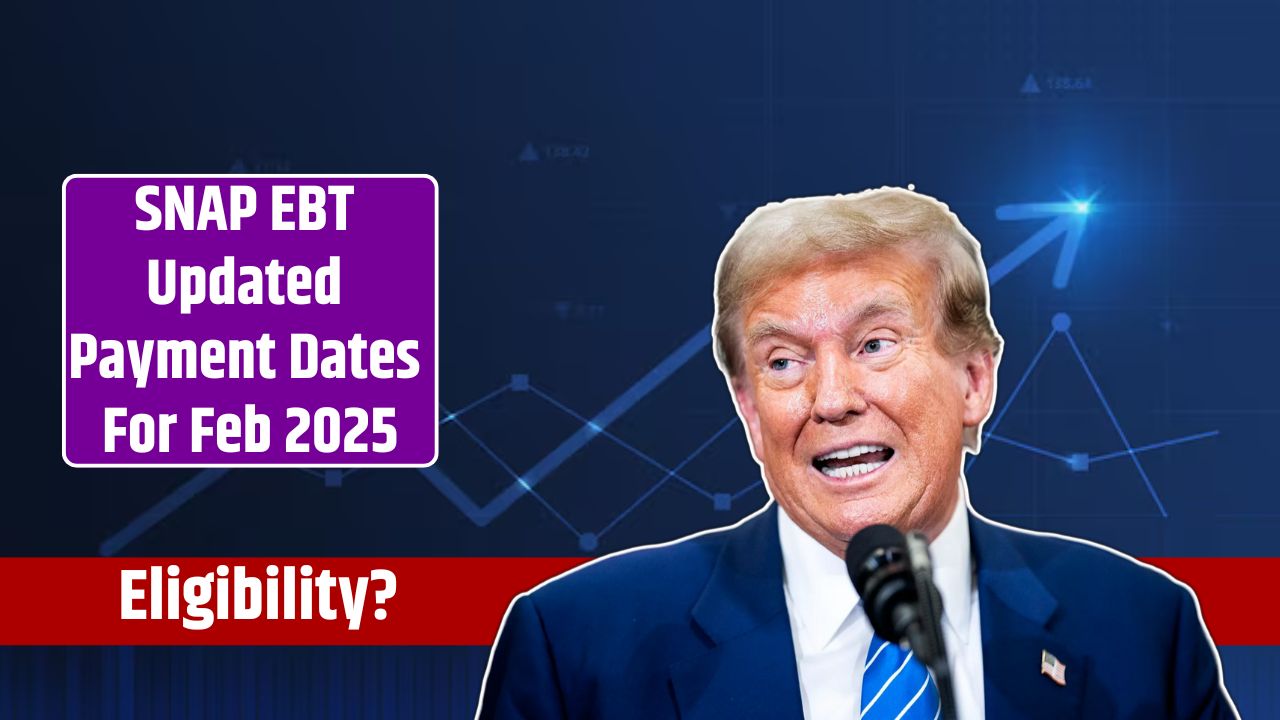Planning to retire under the Federal Employees Retirement System (FERS) in 2025? Choosing the right date can significantly impact your annuity payments, tax situation, and leave payout.
This guide covers the top four FERS retirement dates in 2025 to help you maximize benefits and ensure a smooth transition into retirement.
Best FERS Retirement Dates in 2025
| Key Date | Retirement Date | First Annuity Payment | Why Choose This Date? |
|---|---|---|---|
| May 31, 2025 | June 1, 2025 | July 1, 2025 | Early summer transition, no overlap, smooth start |
| June 28, 2025 | July 1, 2025 | August 1, 2025 | Mid-year retirement, tax planning advantage |
| November 29, 2025 | December 1, 2025 | January 1, 2026 | Year-end retirement, good for tax savings |
| December 31, 2025 | January 1, 2026 | February 1, 2026 | Simple calendar alignment, easy to track |
Each of these dates offers unique financial and planning benefits. Let’s explore them in detail.
Key Dates
1. May 31, 2025 – The Early Summer Transition
- Retirement Date: June 1, 2025
- First Annuity Payment: July 1, 2025
Why Choose This Date?
- A clean break before summer, allowing time to adjust.
- No overlap between federal salary and annuity payments.
- Time to plan post-retirement vacations or activities.
This is a great option if you want to start your retirement fresh in summer while avoiding delays in annuity payments.
2. June 28, 2025 – Mid-Year Retirement for Tax Planning
- Retirement Date: July 1, 2025
- First Annuity Payment: August 1, 2025
Why Choose This Date?
- Helps spread taxable income across two years.
- Allows better budgeting for the holiday season.
- Offers a mid-year financial reset before year-end tax planning.
If you want greater control over tax brackets, this is an ideal date for tax efficiency and financial stability.
3. November 29, 2025 – Year-End Tax Savings
- Retirement Date: December 1, 2025
- First Annuity Payment: January 1, 2026
Why Choose This Date?
- Optimizes tax deductions for the current year.
- Allows maximum accumulation of unused leave for a bigger lump sum payout.
- Ensures a smooth transition into the new financial year.
This date is perfect for retirees looking to maximize tax benefits while getting the most from unused leave payouts.
4. December 31, 2025 – Classic Calendar Retirement
- Retirement Date: January 1, 2026
- First Annuity Payment: February 1, 2026
Why Choose This Date?
- Aligns retirement and tax years, simplifying tax filing.
- Ensures full credit for annual leave payout.
- Easy to track for financial and benefit planning.
If you prefer a structured financial transition, this is the best option for a clear break into retirement.
Benefits
Why Your FERS Retirement Date Matters
Selecting the right retirement date under FERS affects:
- Annuity Payment Schedule – First payment arrives one month after retirement.
- Leave Payout – Retiring at the right time maximizes your annual leave payout.
- Tax Considerations – Choosing a strategic date can reduce tax liabilities.
Maximization
How to Maximize Your FERS Retirement Benefits
1. Plan Your Annual Leave Payout
- Unused leave is paid as a lump sum when you retire.
- Retire at the end of a pay period for maximum credit.
2. Review Your Health Benefits (FEHB)
- Confirm eligibility for continuing health insurance in retirement.
- Coordinate with HR to avoid coverage gaps.
3. Manage Your Tax Strategy
- Mid-year or late-year retirements help with income tax planning.
- Consider spreading taxable income to lower tax brackets.
4. Understand Your FERS Annuity
- Based on high-3 average salary and years of service.
- Expect first payment one month after retirement.
5. Leverage Social Security and TSP
- If eligible, coordinate Social Security with FERS.
- Plan TSP withdrawals for additional income security.
Process
How to Apply for FERS Retirement
1. Submit Your Retirement Application
- Complete SF 3107 (Application for Immediate Retirement).
- Submit at least 6 months before retirement.
2. Review Your Retirement Estimate
- Get an official estimate from HR.
- Understand your monthly annuity and benefits.
3. Decide on Your Survivor Benefit Option
- Choose full, partial, or no survivor benefit for your spouse.
4. Confirm Your Health and Life Insurance
- Check eligibility for FEHB and FEGLI continuation.
5. Prepare for Your First Pension Payment
- Expect delays of 30-60 days before receiving your first check.
The right FERS retirement date in 2025 depends on your financial goals, tax situation, and personal preferences. Whether you prefer early summer, mid-year, or year-end retirement, planning wisely ensures a smooth transition and maximum benefits.
Next Steps:
Choose a retirement date that aligns with your goals.
Plan annual leave and tax strategy to optimize benefits.
Submit your retirement application early for smooth processing.
For more details, visit the official FERS website or consult a federal benefits specialist.
















